The CSN2 coordinates research in Astroparticle Physics, studying the many aspects of fundamental physics that cannot be explored with particle accelerators and it is conducted in a indirect way. This research exploits both the Cosmos as a natural accelerator for all types of radiation, and also investigates rare processes in laboratories and facilities such as the Gran Sasso ones. Experiments in this field study the cosmic background radiation, cosmic rays, neutrinos, gravitational waves, very high energy gamma rays and possible candidates for dark matter. One of the most fascinating challenges nowadays is the study of gravitational waves predicted by Einstein and recently observed by the Virgo-Ligo collaboration, which has opened a promising window for the observation of the Universe and the study of black holes.
The Tor Vergata Section of INFN is currently hosting the following experiments:
| Logo | Sigla | Descrizione | Responsabile |
|---|---|---|---|
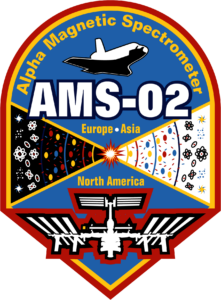 | The AMS-02 experiment | AMS, High-Energy, Space-borne, Spctrometer | Valeria Di Felice |
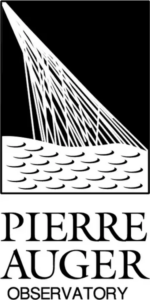 | The AUGER experiment | AUGER, High-Energy Astrophysics 1 | Valerio Verzi |
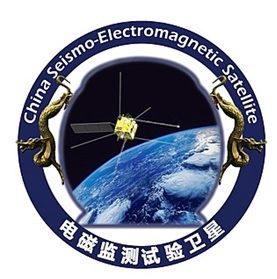 | The CSES/Limadou experiment | CSES, Space-borne, earthquakes, low-energy | Cristian De Santis |
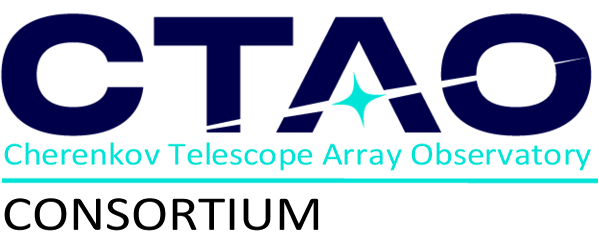 | The CTAO experiment | CTAO, High-Energy Astrophysics 2 | Aldo Morselli |
 | The CUORE/CUPID experiment | CUORE/CUPID, Rare Processes, Dark Matter 1 | Vincenzo Caracciolo |
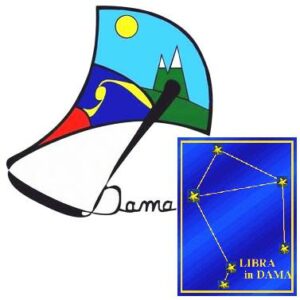 | The DAMA experiment | DAMA, Dark Matter, Rare Processes 2 | Riccardo Cerulli |
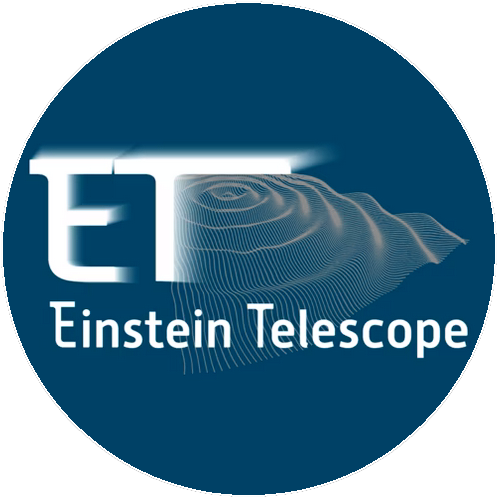 | The Einstein Telescope experiment | ET, Gravitational Waves | Viviana Fafone |
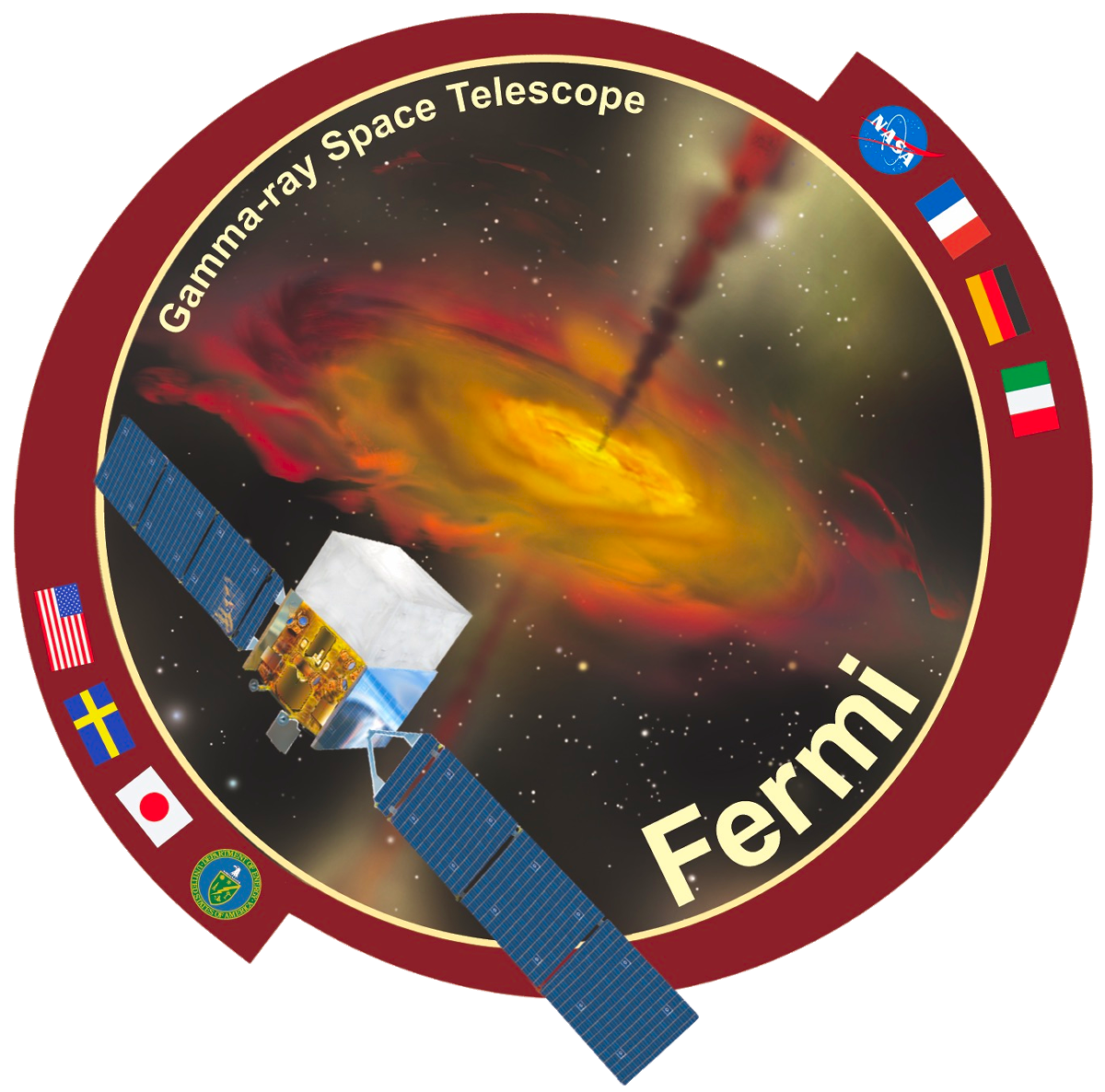 | ...work in progress | FERMI, GRB, Photons, Space-borne | Dario Gasparrini |
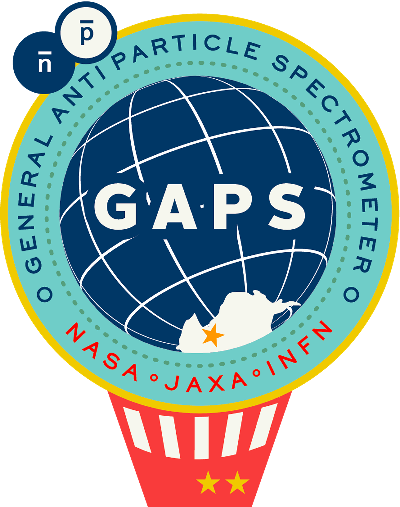 | The GAPS experiment | GAPS, Balloon-borne, dark Matter, low-energy | Matteo Martucci |
 | The HERD experiment | HERD, High-Energy, space-borne, planned | Valerio Formato |
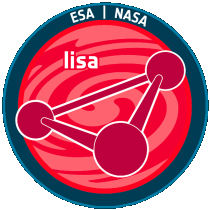 | The LISA experiment | LISA, the first space mission for the detection of gravitational waves | Giuseppe Masciantonio |
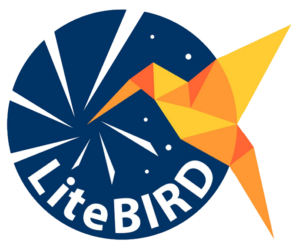 | The LiteBIRD experiment | LiteBIRD: the CMB space mission studying the cosmic inflation | Marina Migliaccio |
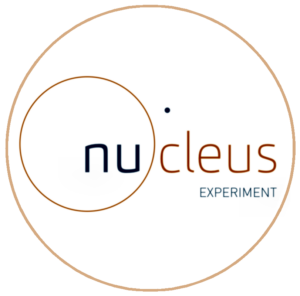 | The NUCLEUS experiment | NUCLEUS, coherent elastic neutrino-nucleus scattering | Riccardo Cerulli |
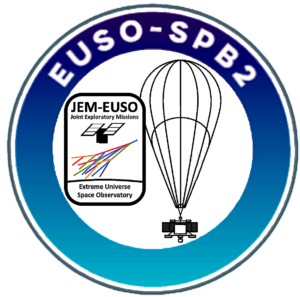 | The SPB2 experiment | EUSO-SPB2, the superpressure baloon two of JEM-EUSO studying cosmic rays | Marco Casolino |
 | The SWGO experiment | SWGO, the Cherenkov water detector observatory for the extreme gamma-ray sky | Barbara Liberti |
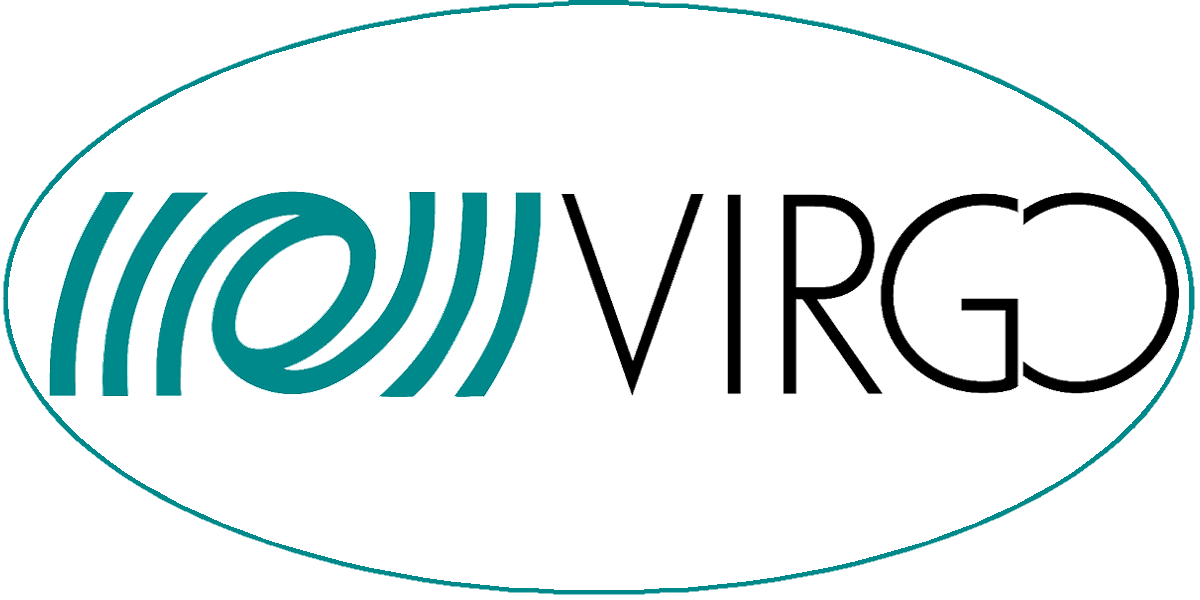 | The Virgo experiment | Virgo, 200 candidate gravitational wave events in last observing period. | Viviana Fafone |
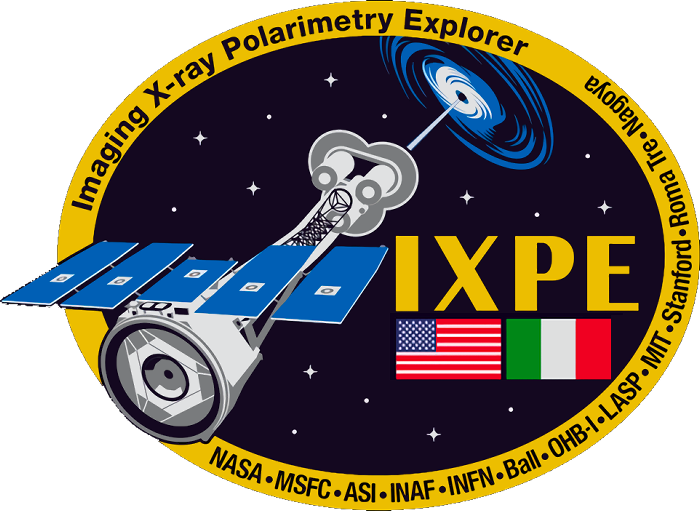 | The XRO experiment | XRO, the USA-Italy IXPE satellite and next projects to observe X-rays from space | Stefano Ciprini |
























































































